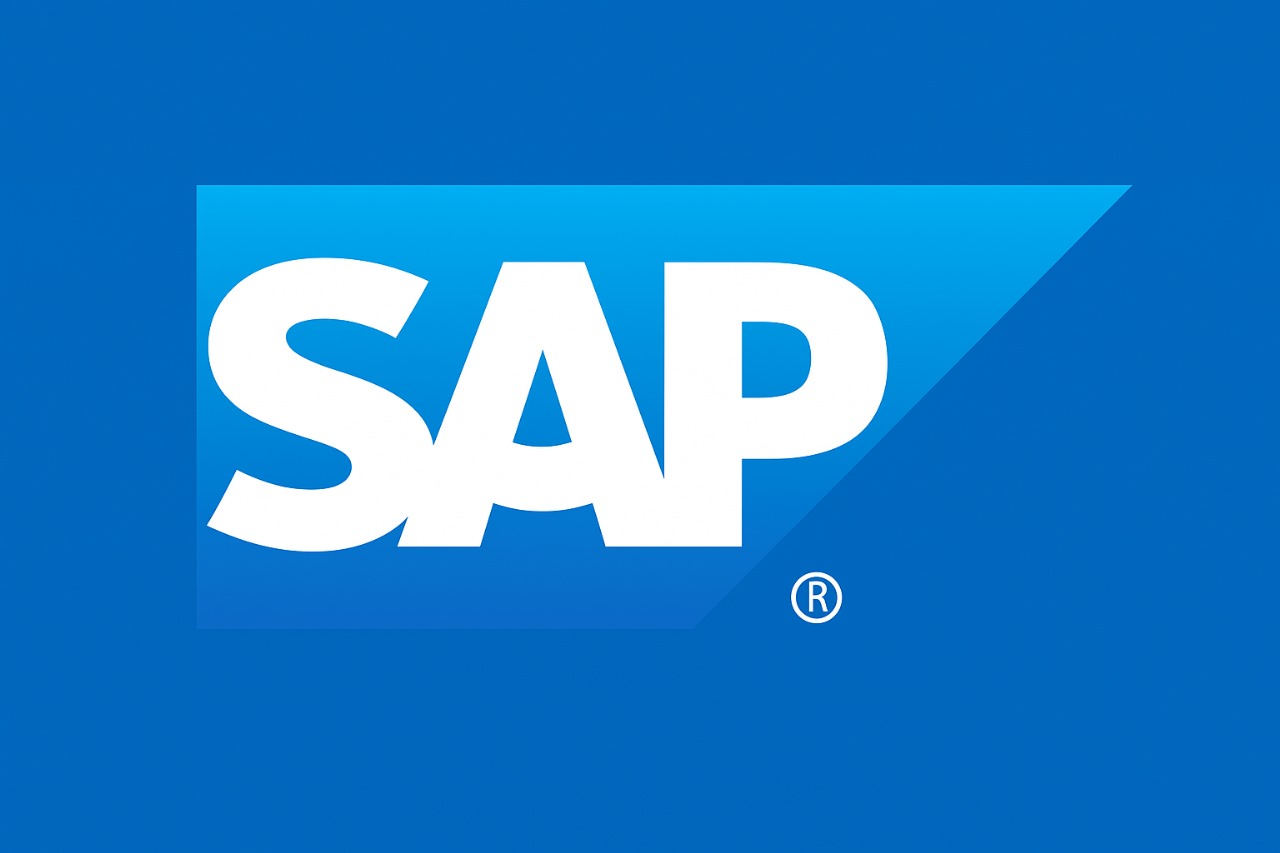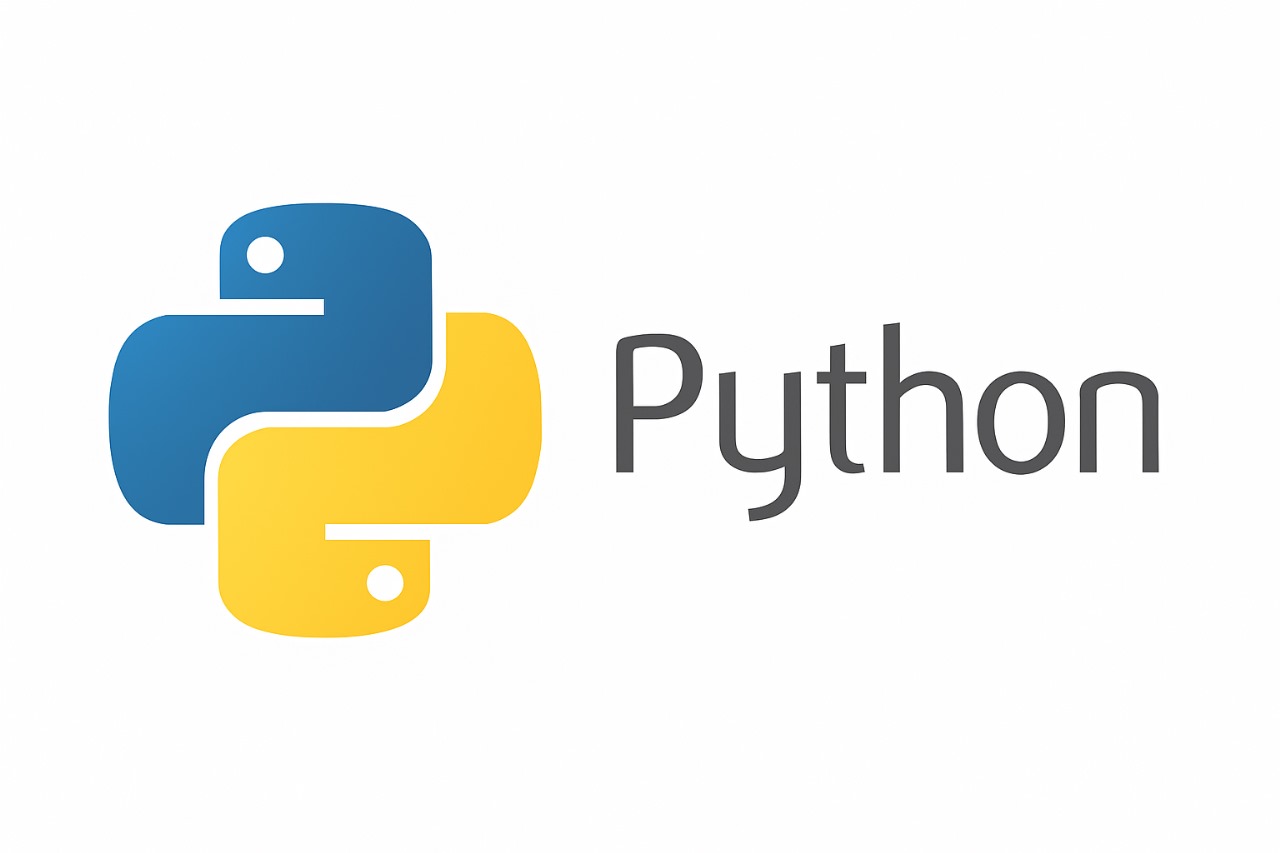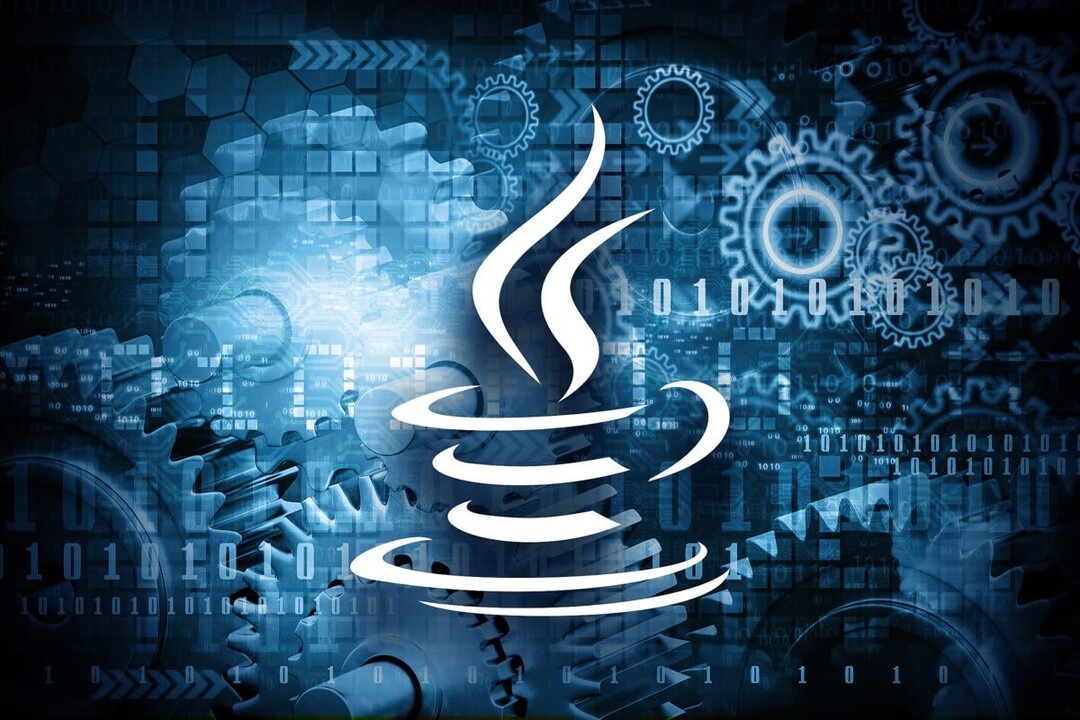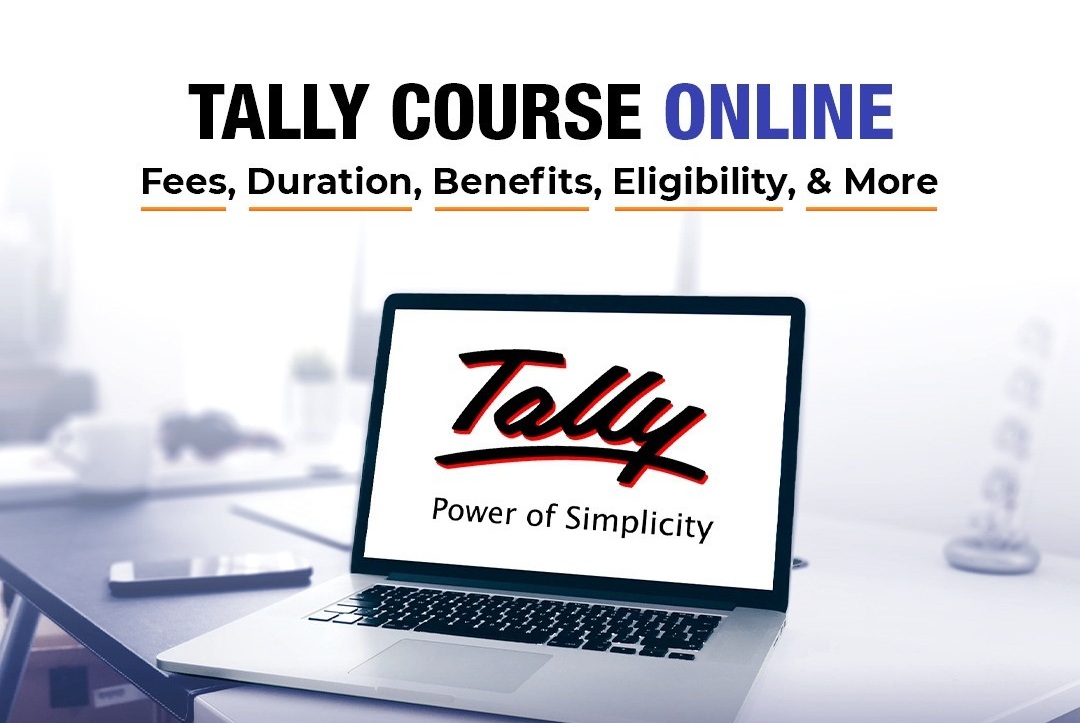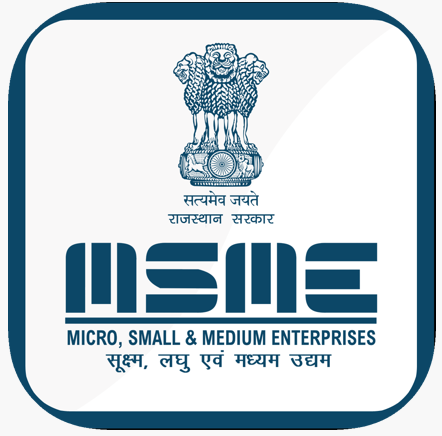GST Technologies
SAP EWM
✅ SAP EWM – Detailed Syllabus Content
1. Introduction to SAP EWM
- What is SAP EWM?
- Benefits of EWM over SAP WM
- Core functionalities of SAP EWM
- Key differences between SAP WM and EWM
- SAP EWM architecture (Decentralized & Embedded)
- Integration with SAP S/4HANA
2. Master Data in EWM
- Business partner (Vendor, Customer, Carrier)
- Material master in EWM
- Product master data
- Packaging specifications
- Storage bins & storage types
- Warehouse product master
- Integration with ERP master data
3. Organizational Structure
- Defining warehouse structure:
- Warehouse number
- Storage types
- Storage sections
- Storage bins
- Activity areas
- Mapping ERP structure to EWM
- Warehouse process types
4. Inbound Process
- Overview of inbound logistics in EWM
- Inbound delivery notification and delivery
- Goods receipt process
- Unloading and staging
- Putaway strategies (manual & automatic)
- Quality Inspection during inbound
- Deconsolidation process
- Handling Units (HU) and packaging
5. Outbound Process
- Outbound delivery order creation
- Picking and staging
- Wave management
- Packing and loading
- Goods Issue process
- Shipping and transportation integration
- Handling returns
6. Warehouse Process Types & Strategies
- Putaway strategies:
- Next empty bin
- Fixed bin
- Addition to stock
- Picking strategies:
- FIFO/LIFO
- Partial/full pallet picking
- Batch picking
- Replenishment strategies
- Task and resource management
7. Physical Inventory in EWM
- Types of physical inventory:
- Periodic
- Cycle counting
- Ad-hoc
- Inventory counting methods
- Posting differences
- Integration with ERP inventory
8. Warehouse Order & Warehouse Tasks
- What is a warehouse order?
- Creation and confirmation of warehouse tasks
- Task interleaving
- Task management strategies
- Labor management basics
9. Internal Warehouse Processes
- Stock transfer within warehouse
- Replenishment process
- Slotting and rearrangement
- Scrapping
- Posting changes
- Handling HU movements
10. Resource Management
- Resource setup (Forklifts, Pickers)
- Queues and activity areas
- Assigning warehouse orders
- Monitor and manage resources
11. Cross Docking
- Types of cross docking:
- Basic
- Opportunistic
- Transportation
- Cross docking setup in EWM
- Flow-through process
12. Integration with ERP & Other Modules
- CIF (Core Interface) for master data transfer
- Integration with:
- SAP MM (for goods movements)
- SAP SD (for deliveries)
- SAP TM (transportation)
- SAP GTS (global trade)
- ERP-EWM data consistency
GST TECHNOLOGY
